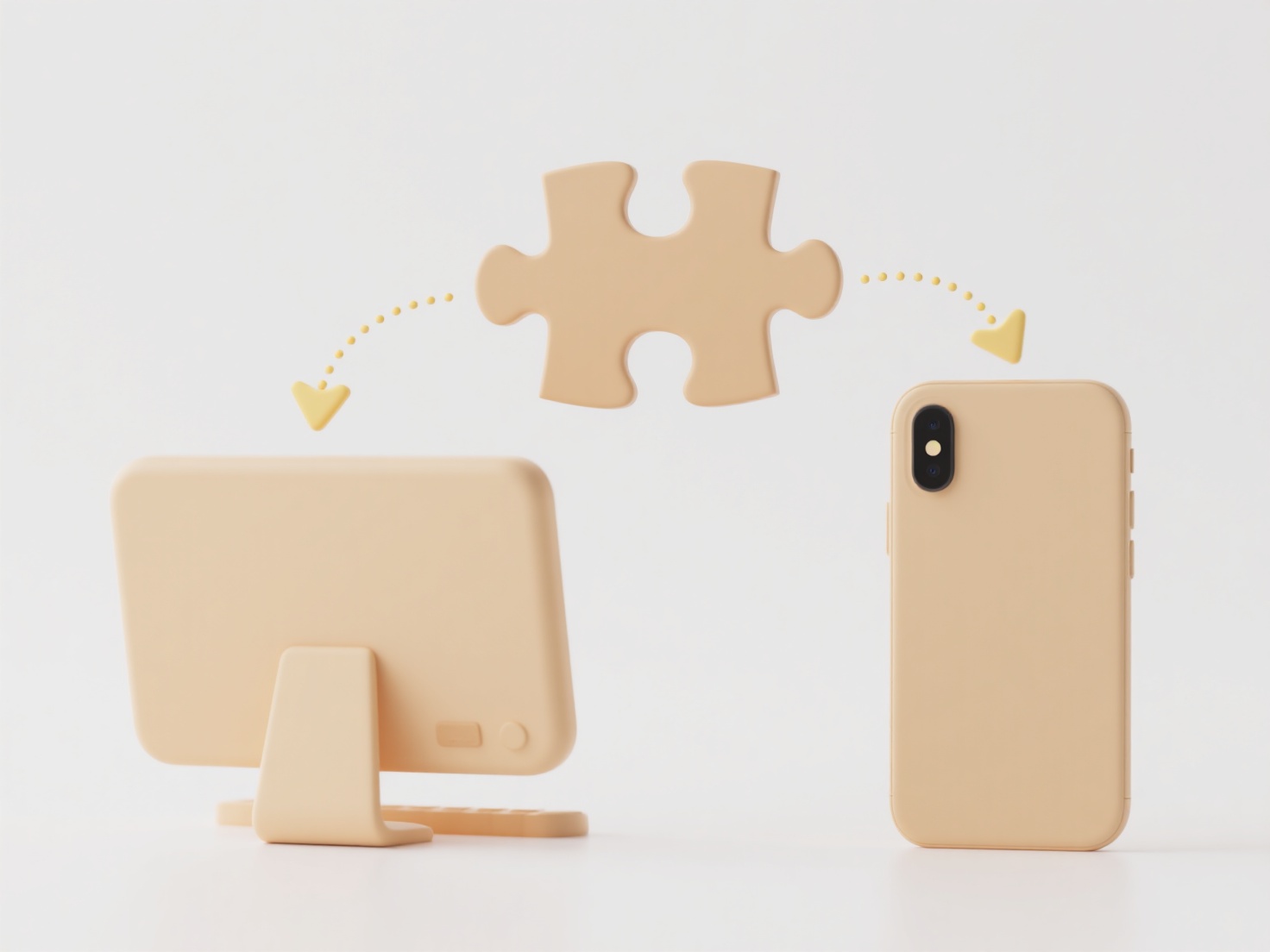
Cloud storage allows saving data to remote servers over the internet instead of locally on your phone. Yes, many mobile apps let you save files directly to cloud services like Google Drive, iCloud, Dropbox, or OneDrive. This functionality integrates the cloud provider's service directly into the app's save or export options, or it leverages the mobile operating system's built-in cloud services. It bypasses the need to save the file locally first and then manually upload it through the cloud provider's separate app.
For instance, office apps like Microsoft Word on Android or iOS often provide a "Save to" or "Share" option, allowing you to choose your preferred cloud service as the destination. Similarly, photo and video editing apps frequently offer direct export to platforms like Google Photos or iCloud Photos. Many note-taking and productivity apps also have native sync features relying entirely on cloud storage.

This direct saving offers advantages like easy access from any device, reduced local storage use, and seamless backup. However, it requires a stable internet connection for saving and accessing, and you need to be mindful of your cloud subscription limits. Privacy considerations involve trusting the app and cloud provider with your data. As mobile operating systems increasingly integrate cloud features natively, this direct saving capability is becoming more widespread and user-friendly.
Can I save files from apps directly to cloud storage on mobile?
Cloud storage allows saving data to remote servers over the internet instead of locally on your phone. Yes, many mobile apps let you save files directly to cloud services like Google Drive, iCloud, Dropbox, or OneDrive. This functionality integrates the cloud provider's service directly into the app's save or export options, or it leverages the mobile operating system's built-in cloud services. It bypasses the need to save the file locally first and then manually upload it through the cloud provider's separate app.
For instance, office apps like Microsoft Word on Android or iOS often provide a "Save to" or "Share" option, allowing you to choose your preferred cloud service as the destination. Similarly, photo and video editing apps frequently offer direct export to platforms like Google Photos or iCloud Photos. Many note-taking and productivity apps also have native sync features relying entirely on cloud storage.

This direct saving offers advantages like easy access from any device, reduced local storage use, and seamless backup. However, it requires a stable internet connection for saving and accessing, and you need to be mindful of your cloud subscription limits. Privacy considerations involve trusting the app and cloud provider with your data. As mobile operating systems increasingly integrate cloud features natively, this direct saving capability is becoming more widespread and user-friendly.
Quick Article Links
How do I revoke access when an employee leaves?
Employee offboarding access revocation refers to the security process of systematically terminating a former worker's pe...
What is a “shared with me” folder and how does it work?
A "Shared with Me" folder is a central location within cloud storage services (like Google Drive or OneDrive) that autom...
Can I set a download limit on a file?
A download limit restricts the number of times a specific file can be downloaded from its shared location. This is diffe...